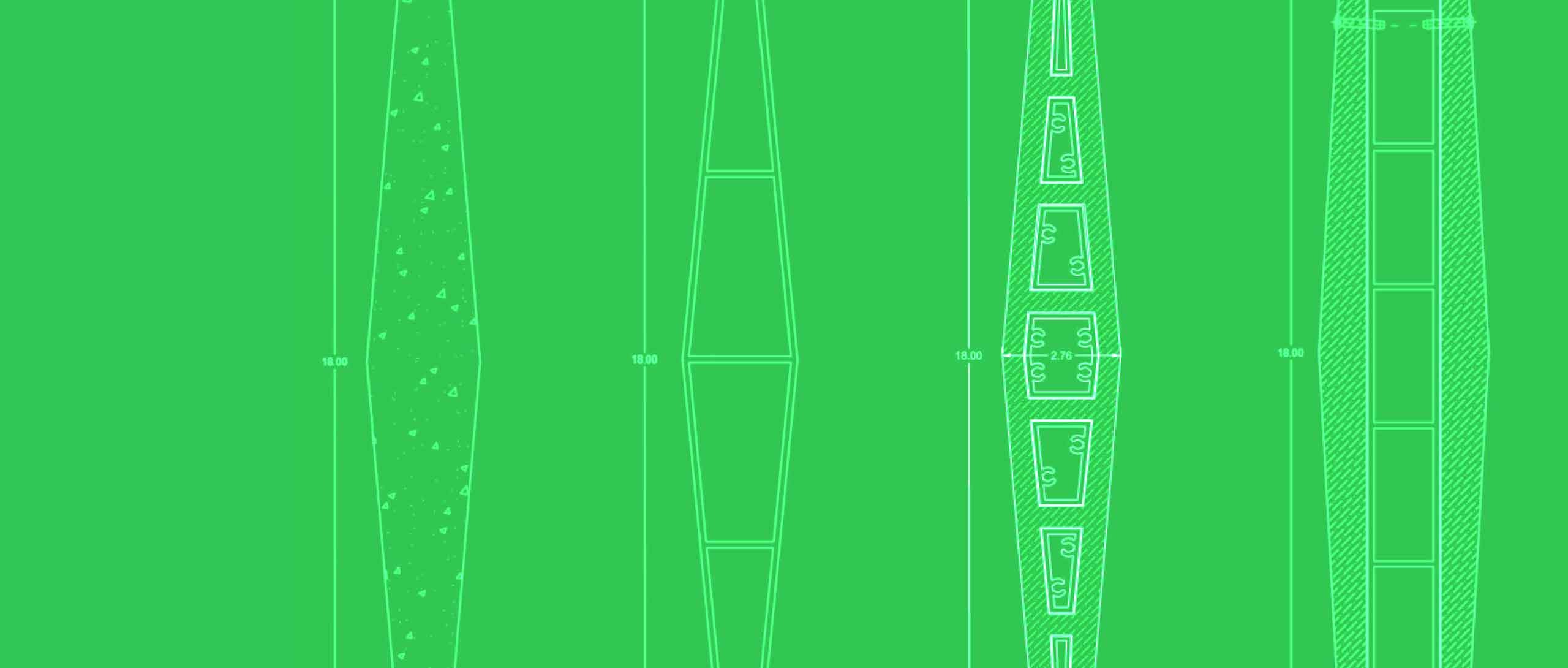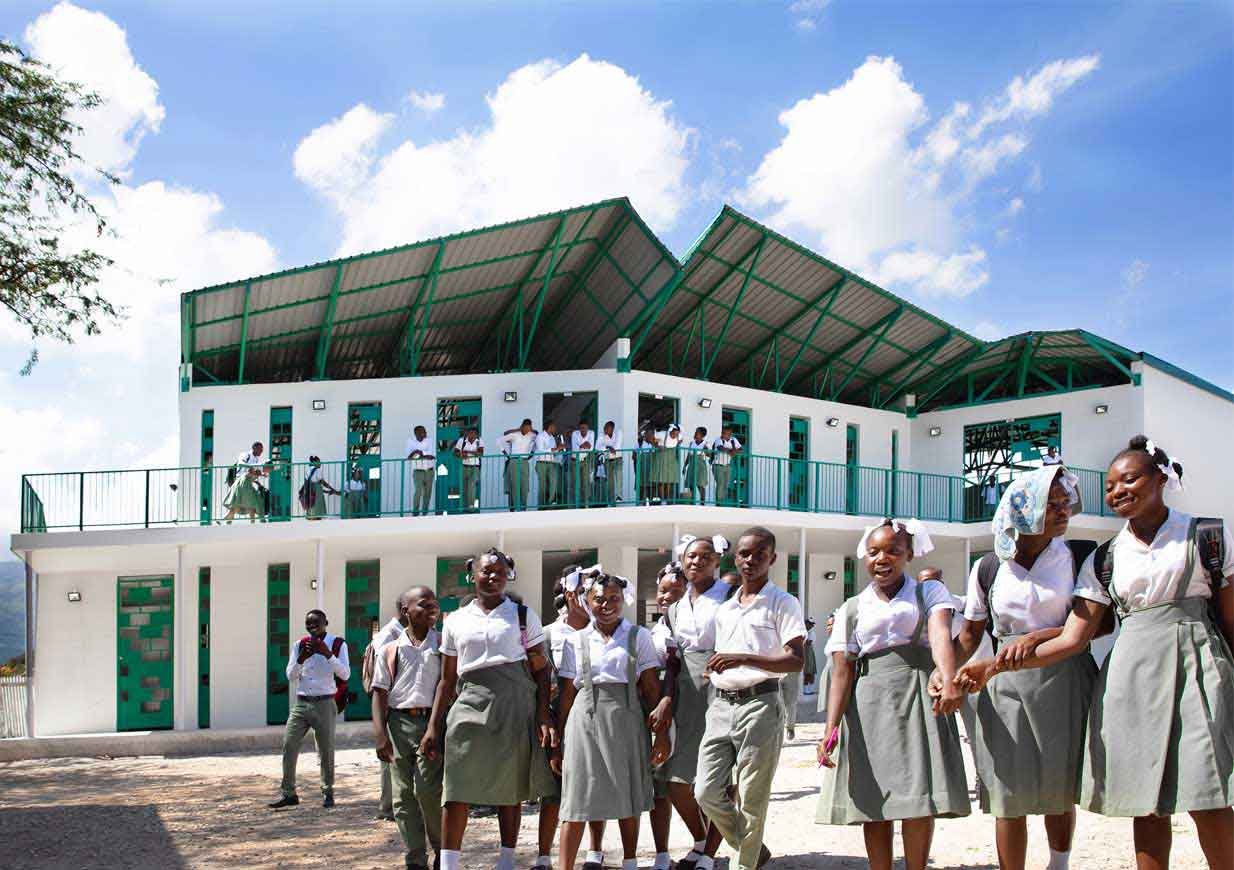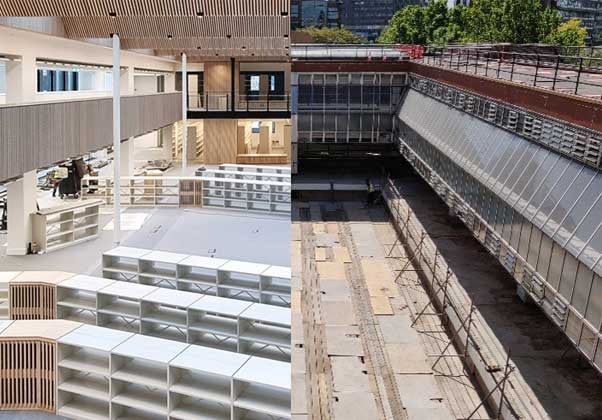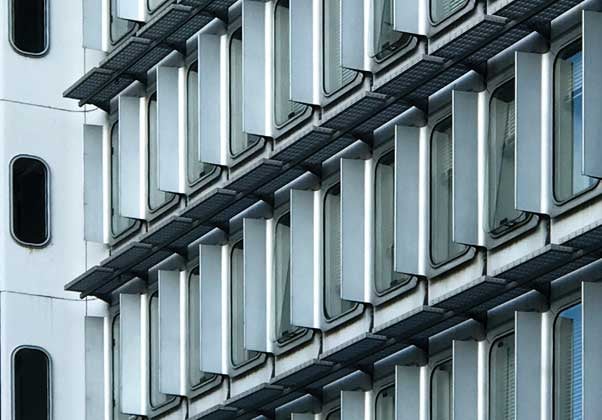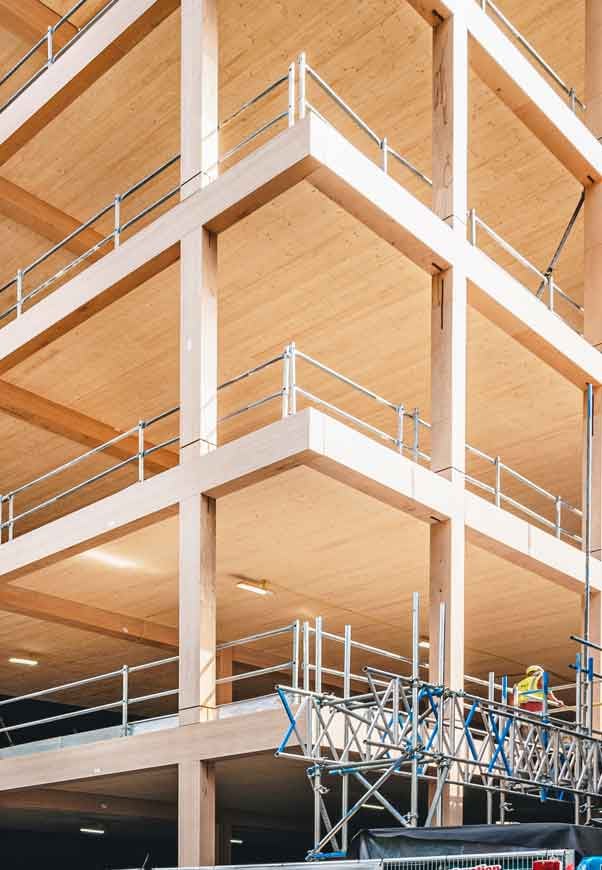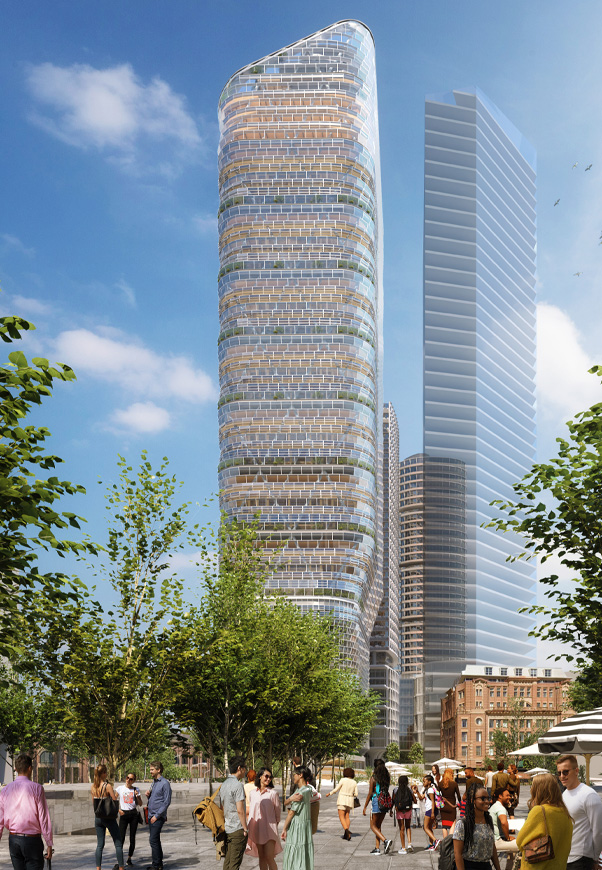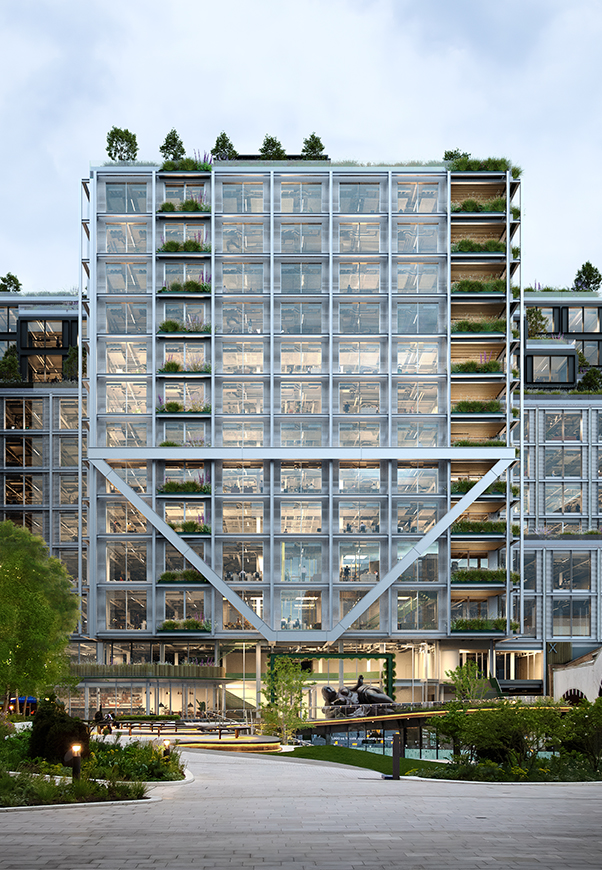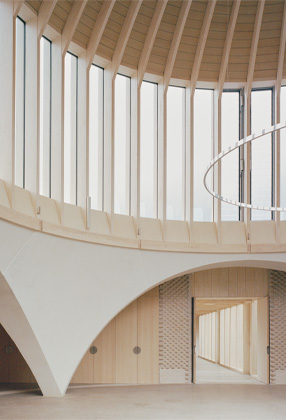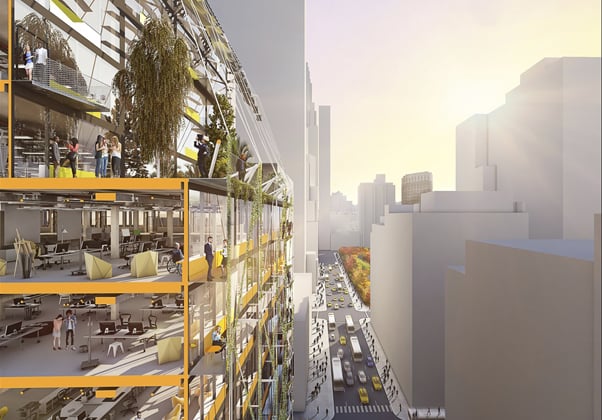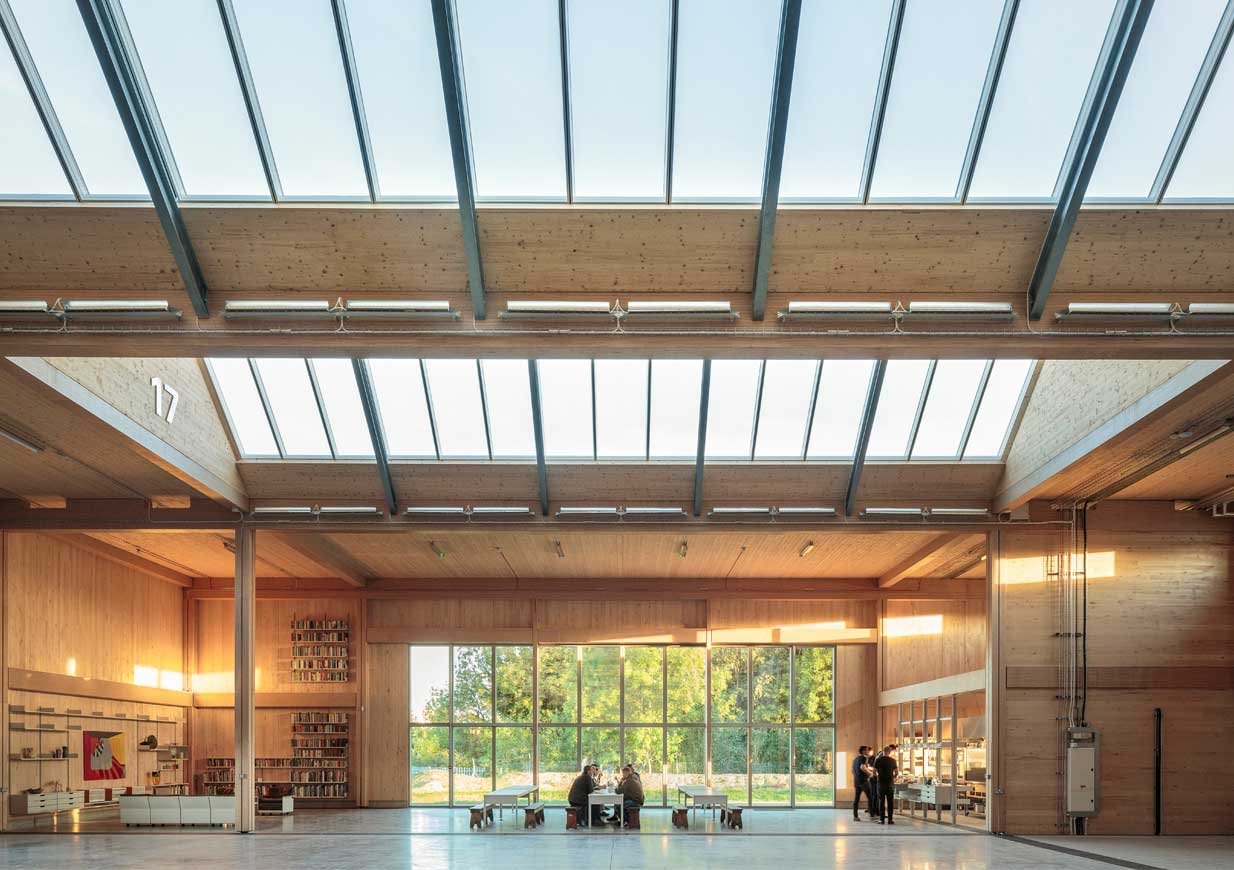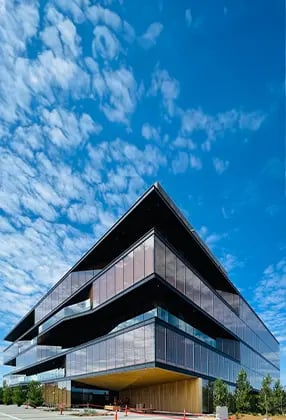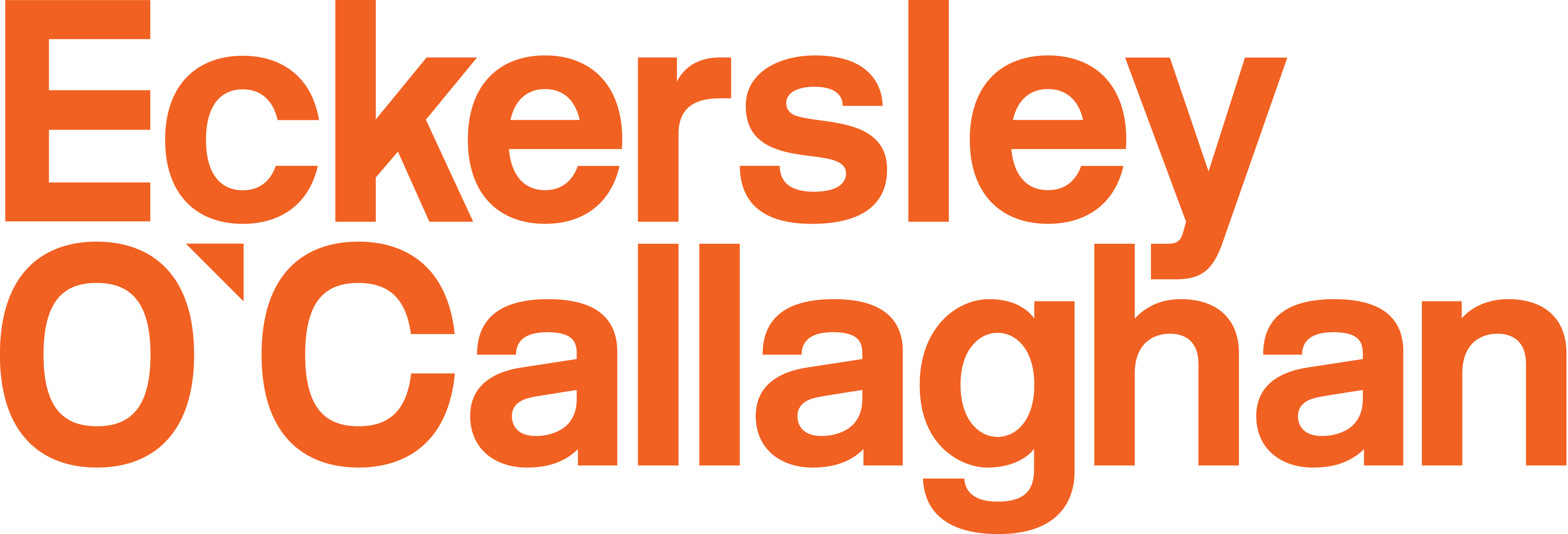We have developed in-house digital tools to enable the development of sustainable solutions in structural and facade design, considering carbon, resilience, circularity and performance.
The use of carbon calculation tools is embedded in our design approach, making use of data and benchmarking to drive clients and architects to low-carbon design solutions considering a building’s whole life cycle.
Our environmental modelling specialists develop passive design strategies to improve building performance and occupant comfort, addressing the performance gap through our in-depth knowledge of building construction and operation.
Whole-life carbon assessment: We evaluate and minimise embodied carbon using digital design tools developed in-house by our computational designers. Our engineers have tools at their fingertips to quickly assess alternative design solutions for their carbon impact, and we draw on our database of past projects to benchmark structural and facade solutions and support a pathway to net zero.
Circularity and reuse: Our circular economy diagnostic studies give practical advice on reuse strategies and meaningful recycling of waste materials, benefitting from our excellent industry and academic connections, and novel research into circularity.
Building physics simulation: We develop facade design strategies using computational modelling to optimise internal daylight and visual comfort, manage heating and cooling demand, assess dynamic facade solutions, and reduce operational energy.
Research and innovation: By collaborating externally with industry and academia, and through our internally funded research, we assist in the development of novel products, calculation tools and design solutions to the climate crisis.
Sustainability Brochure
